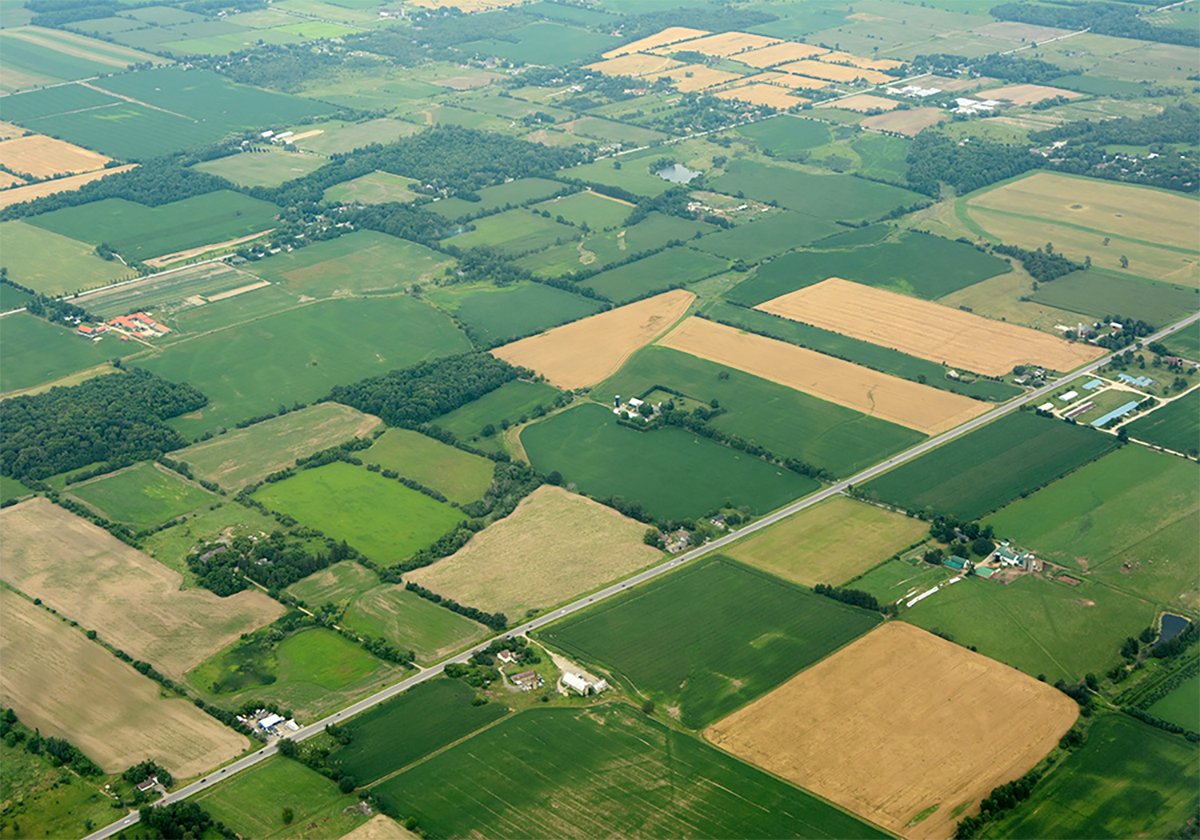Canadian agriculture takes pride in this country’s regulatory system, which puts science at the forefront when making decisions.
The implication is that scientists set aside emotion, religion and politics and make rational conclusions based on empirical evidence.
But can scientists ever truly separate themselves from emotion and politics? After all, scientists are humans who live in the real world full of passion and emotion.
And what happens when scientific research has only recently addressed an issue and initial studies are conflicting?
Then we must hope for an open dialogue that will over time, with the amassing of more information and understanding, allow a scientific consensus to emerge.
Read Also

Higher farmland taxes for investors could solve two problems
The highest education and health care land tax would be for landlords, including investment companies, with no family ties to the land.
In this dialogue, it is critical that scientists feel free to engage and present information, theories and honest criticism without the fear of official censure, public ridicule or personal attack.
We are in a time of scientific uncertainty and public passion about the use of neonicotinoid seed treatments and their effect on bee health.
Bee colonies are dying in higher than usual numbers in some parts of the world. Researchers identify many reasons for the pressure on bees: varroa mites, disease, excessive colony relocations as beekeepers move from crop to crop, poor management and pesticides, particularly neonics.
The issue has become leading news because bees, like polar bears, are familiar, sympathetic characters.
Every child learns about the hard working honeybee that brings us sweet nectar. It is easy for adults to grasp the bee’s vital role in pollinating plants.
So it is understandable that the public’s passions rise upon hearing that the bee is under threat, and by extension the world of flowering plants and indeed much of our food supply.
And when the public is engaged, so too are governments.
Unfortunately in this context, the complexities and nuances of scientific debate might be lost in the pursuit of action and simple solutions.
In Europe, the public outcry over neonics led to a two-year ban on three of the most common products.
And it looks like Ontario could move in the same direction, with Ontario environment commissioner Gord Millar focusing on some studies that indicate the dangers of neonics go beyond bee health and present a threat to the whole ecosystem, similar to DDTs.
However, the Western Producer’s reporting shows that there is a much wider range of scientific findings on neonics.
The U.S. Department of Agriculture and the Environmental Protection Agency also referred to the range of factors that affect bee health in a comprehensive report this year.
American bee experts said pesticide use was a concern, but it is only one factor in the pressure on bee health.
Despite this, the debate around neonics is becoming more heated, so much so that scientists with research in the field might avoid public statements, particularly if their findings go against what appears to be a growing public, if not scientific, consensus against neonics.
That would be a shame. To make informed decisions, the public and policy makers need input from scientists studying all points of the issue.
The goal is the safe use of new technologies in agriculture. Science can guide us there if it is allowed to be fully heard.
Bruce Dyck, Terry Fries, Barb Glen and D’Arce McMillan collaborate in the writing of Western Producer editorials.














